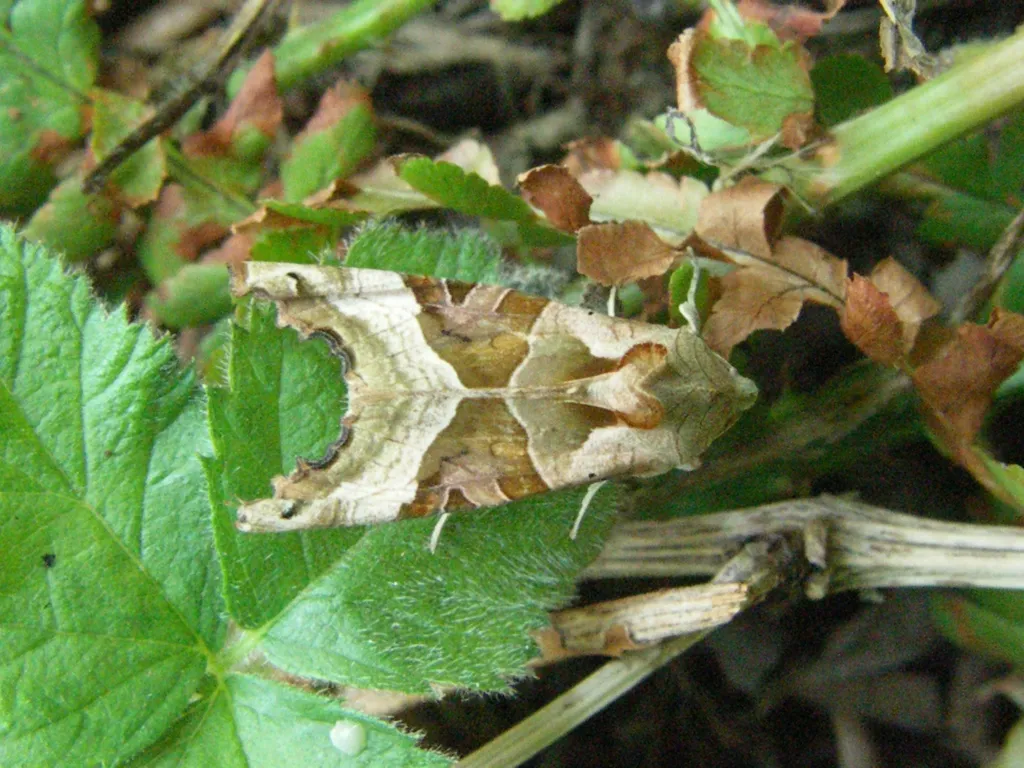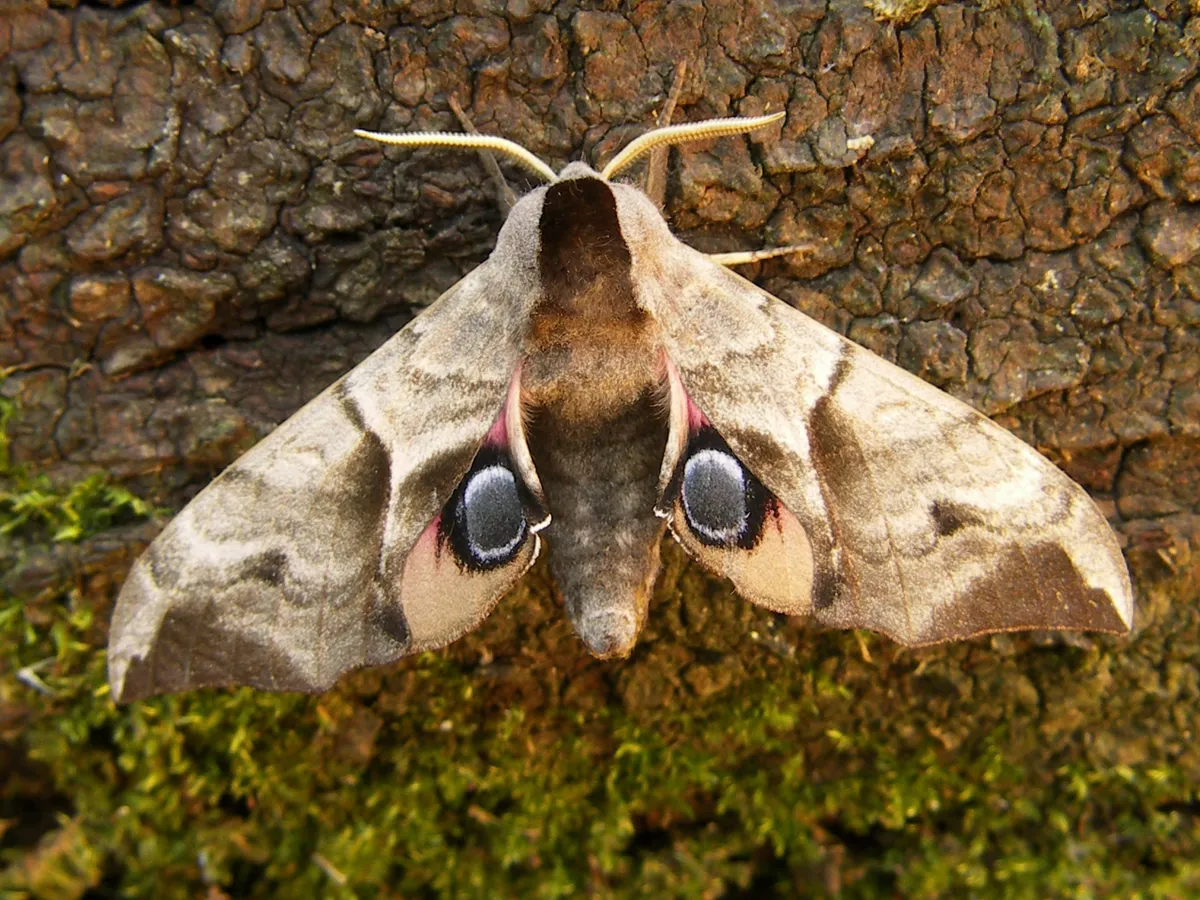Butterflies and moths have bilateral symmetrical camouflage i.e. their body can be divided along a midline and the pattern is a mirror image on each side.
Previous studies have shown that the closer the symmetry is to the midline, the more visible it is to predators.
Using predation experiments and image analysis, this new study, led by Bristol’s Camo Lab, provides insights into how camouflaged prey have evolved to reduce the cost of this symmetry by shifting their patterns away from this midline.
“Previous artificial predation experiments in the laboratory and the field had demonstrated that symmetrical colouration impedes the efficacy of camouflage,” says Benito Wainwright, the lead author and a PhD student at Bristol’s School of Biological Sciences. “This is because a symmetrical midline makes the animal more noticeable to its predators who can compare closer symmetrical patterns more easily.”
“While this is paradoxical because most camouflaged animals have symmetrical colours and patterns, this is assumed to be because of genetic and developmental constraints. We wanted to test whether animals have evolved to mitigate this constraint and exploit a loophole in the way predators perceive symmetrical patterns.”

The study involved both lab and field lab experiments testing both human and avian vision in detecting symmetrical patterns placed at different distances from the midline.
The targets were less obvious when the symmetrical patterning was placed outside a “critical” zone near the midline.

They then carried out a ‘natural pattern analysis’ with real specimens to test the same thing- measuring distances of markings from the midline point of the wings of 36 species of moth and butterfly from museums, field guides and photographs.
The results from this process showed that camouflage patterns did in fact tend to be away from the midline, thereby reducing the noticeability of the symmetry.
Read the full study in Proceedings of the Royal Society B.
Main image: Oleander hawk moth. © Gerard Cheshire